BNS Concrete Contractor St Petersburg
Trusted Concrete Company in St Petersburg
So you need concrete work done in St Petersburg? You need someone who actually knows this area and does good work. That's us—BNS Concrete Contractor. We've been doing concrete jobs right here in St Pete for years—doesn't matter if you need a new driveway at your house, a patio in your backyard near the water, or concrete work for your business off Central Avenue. We know St Petersburg really well, from the old neighborhoods downtown to the beach areas and everywhere else. We offer the following services:
- Concrete Driveways
- Concrete Patios
- Concrete Repair
- Concrete Slabs
- Decorative Concrete
We're not some company that does the job and disappears. We're local—we live here, work here, and we probably know some of the same places you do around the Burg. We know how the salt air and humidity mess with concrete near the bay and Gulf, we understand the sandy dirt we have around here, and yeah, we know how important it is to get the water drainage right with all our afternoon storms. When you call BNS Concrete Contractor, you're getting a St Pete team that wants to do the job right. We don't take shortcuts, we don't rush things, and we stand behind our work.
GALLERY
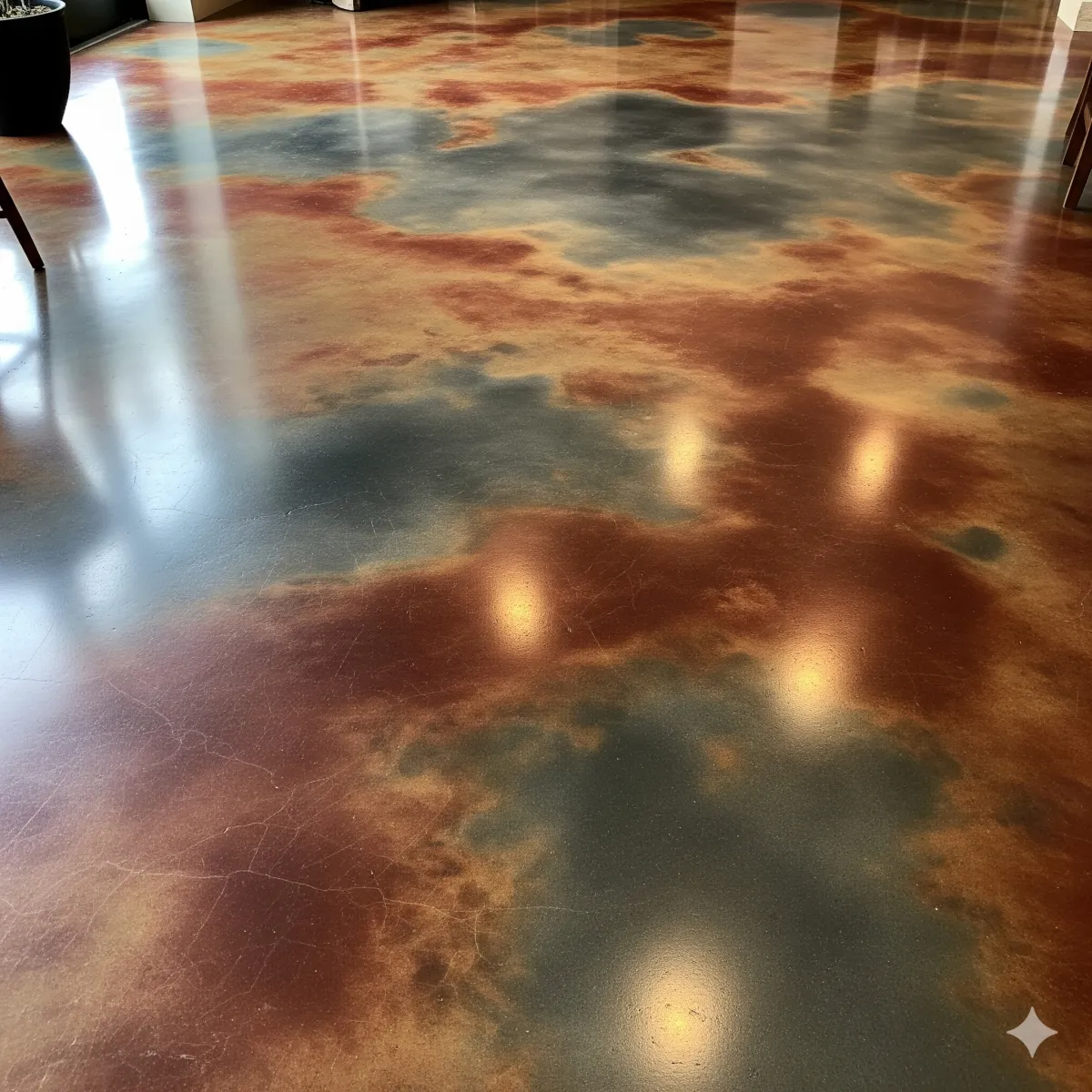
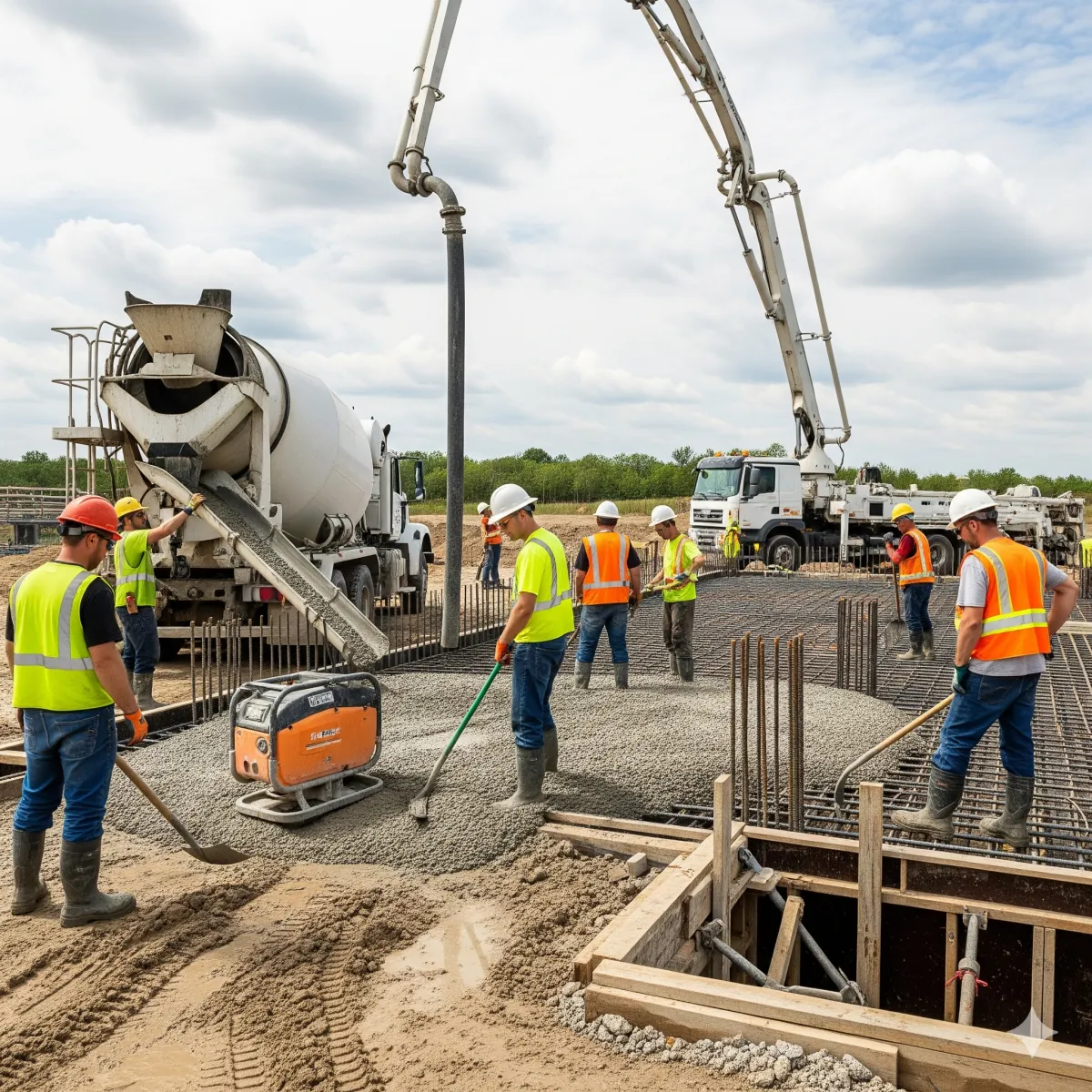
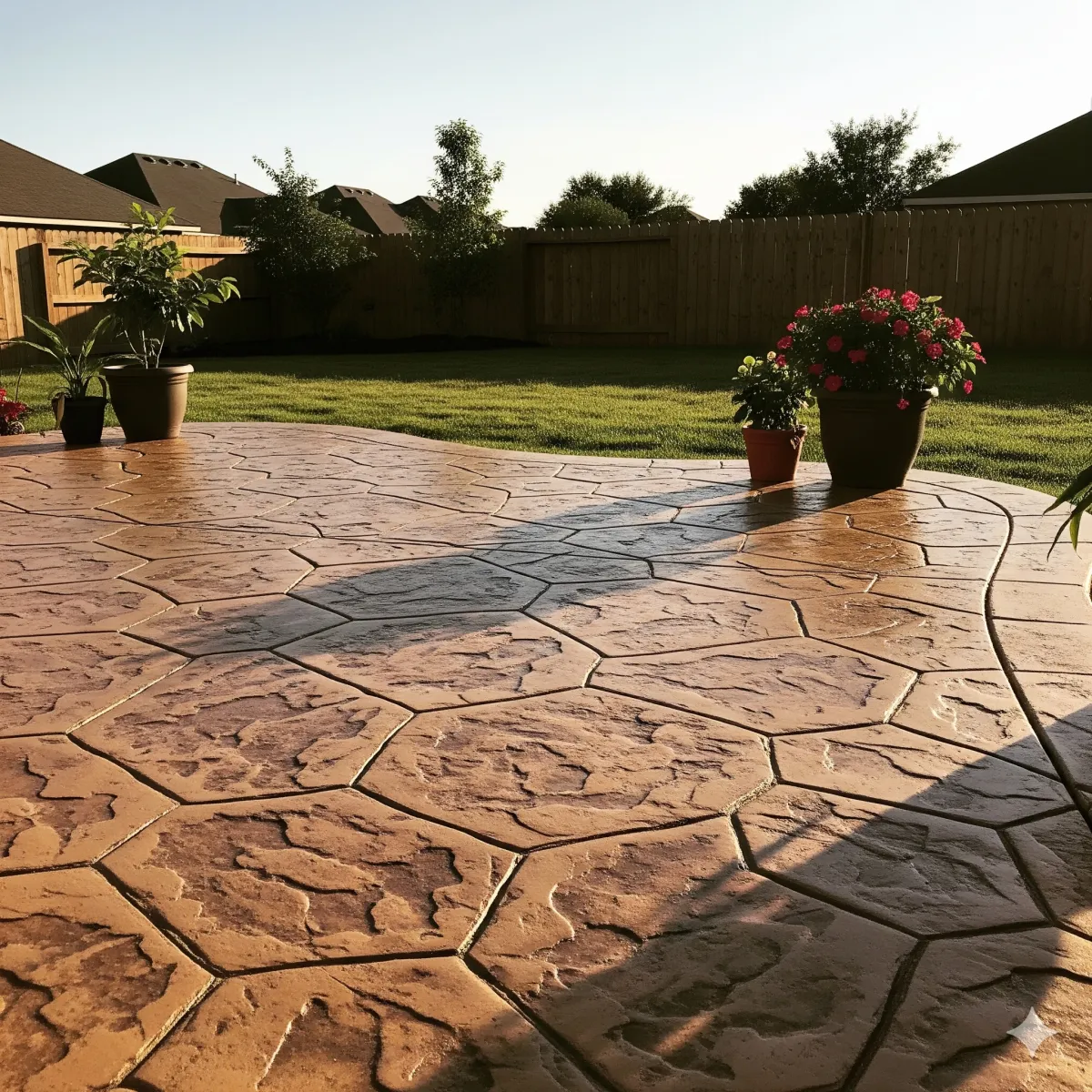
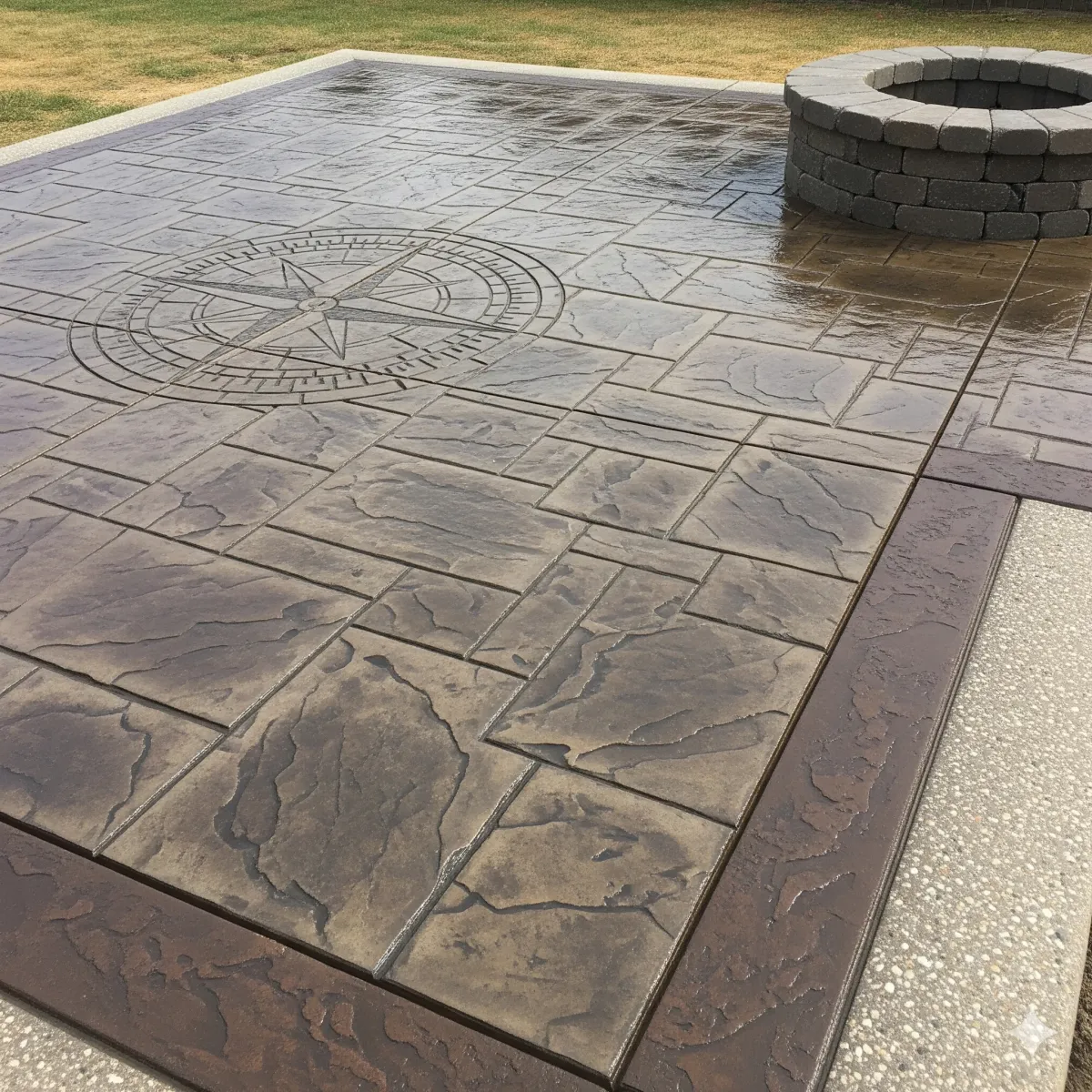

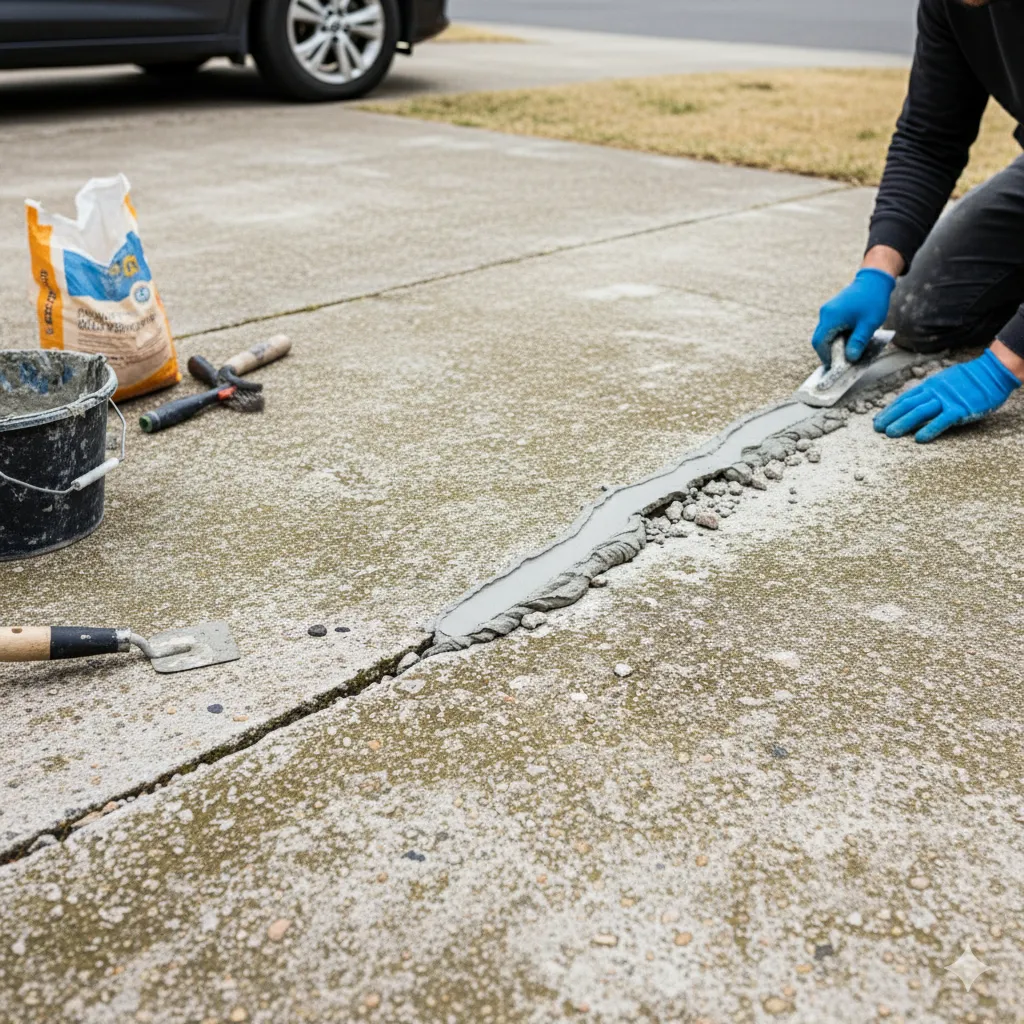
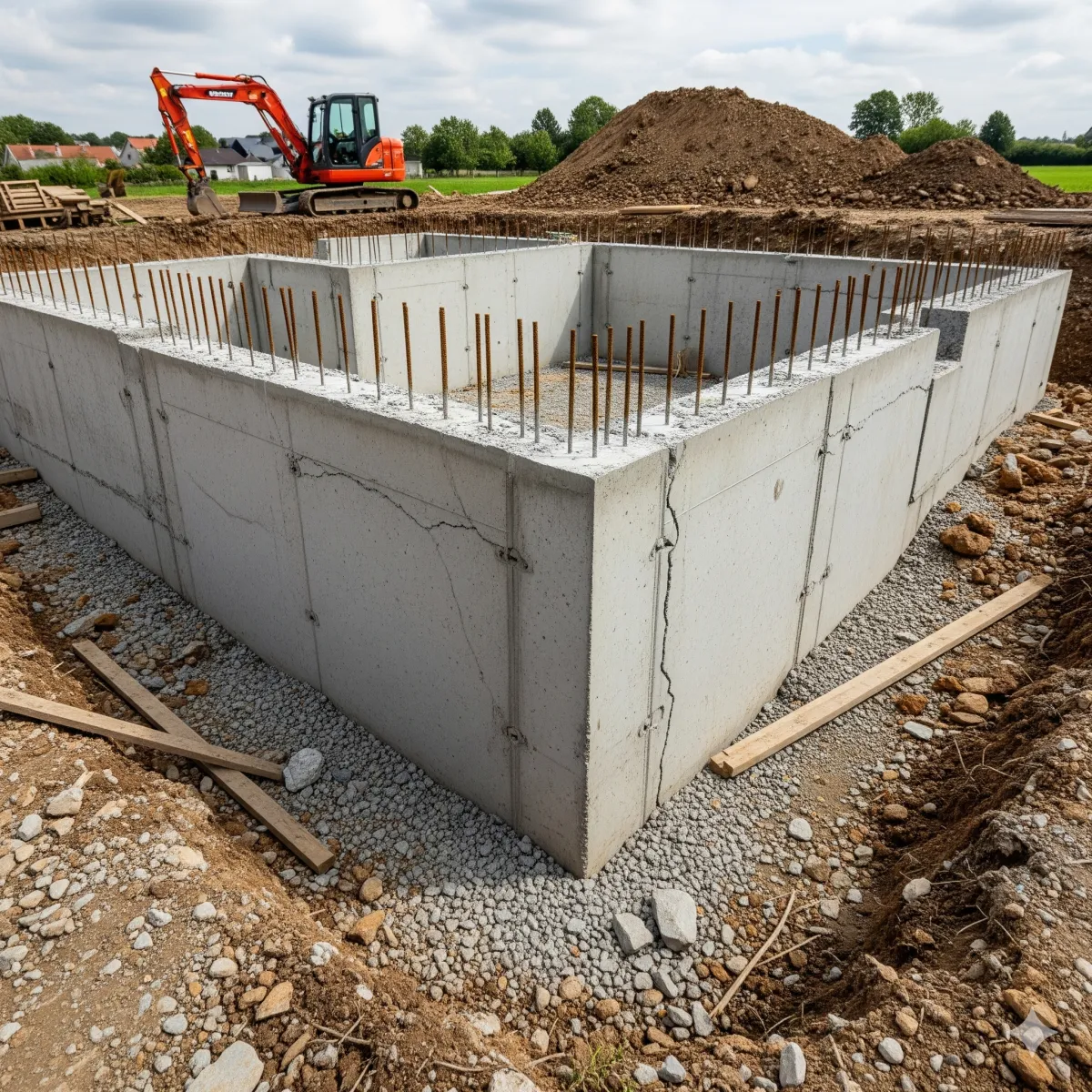
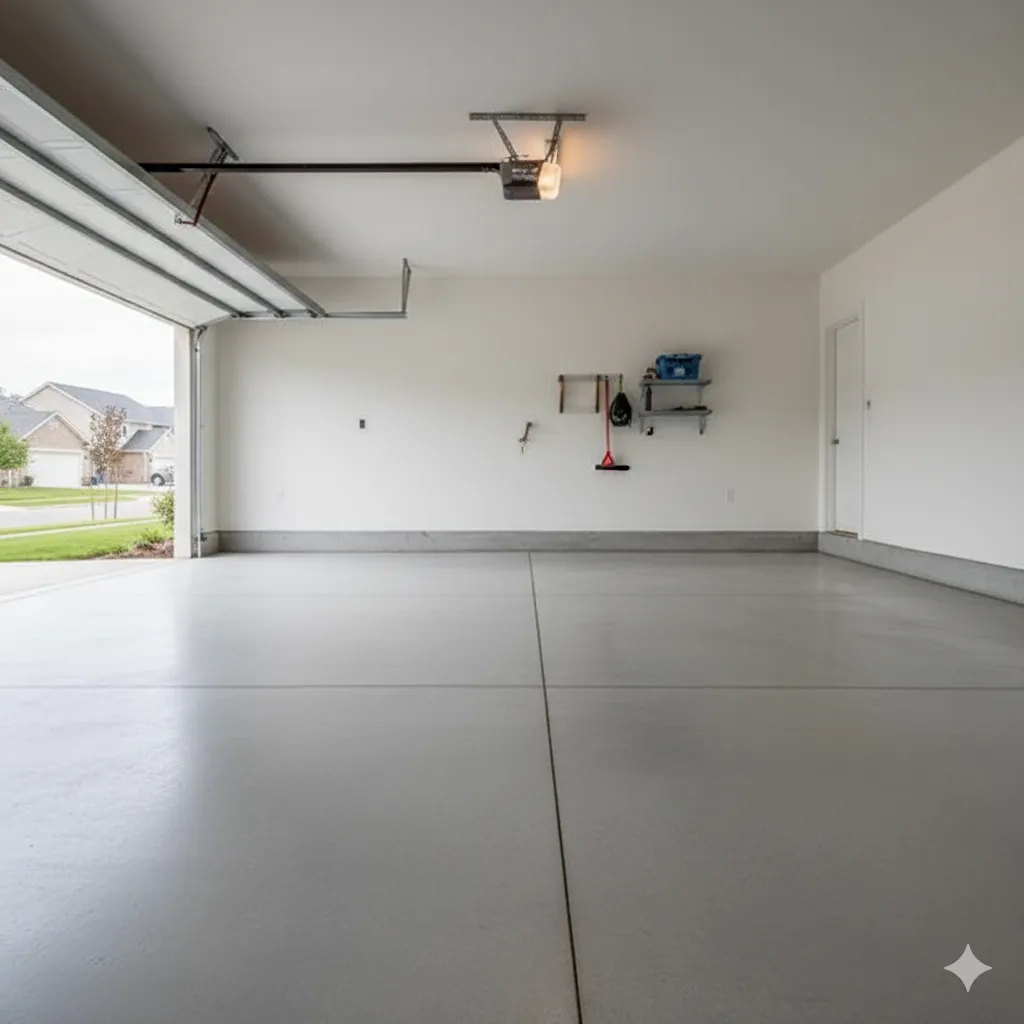
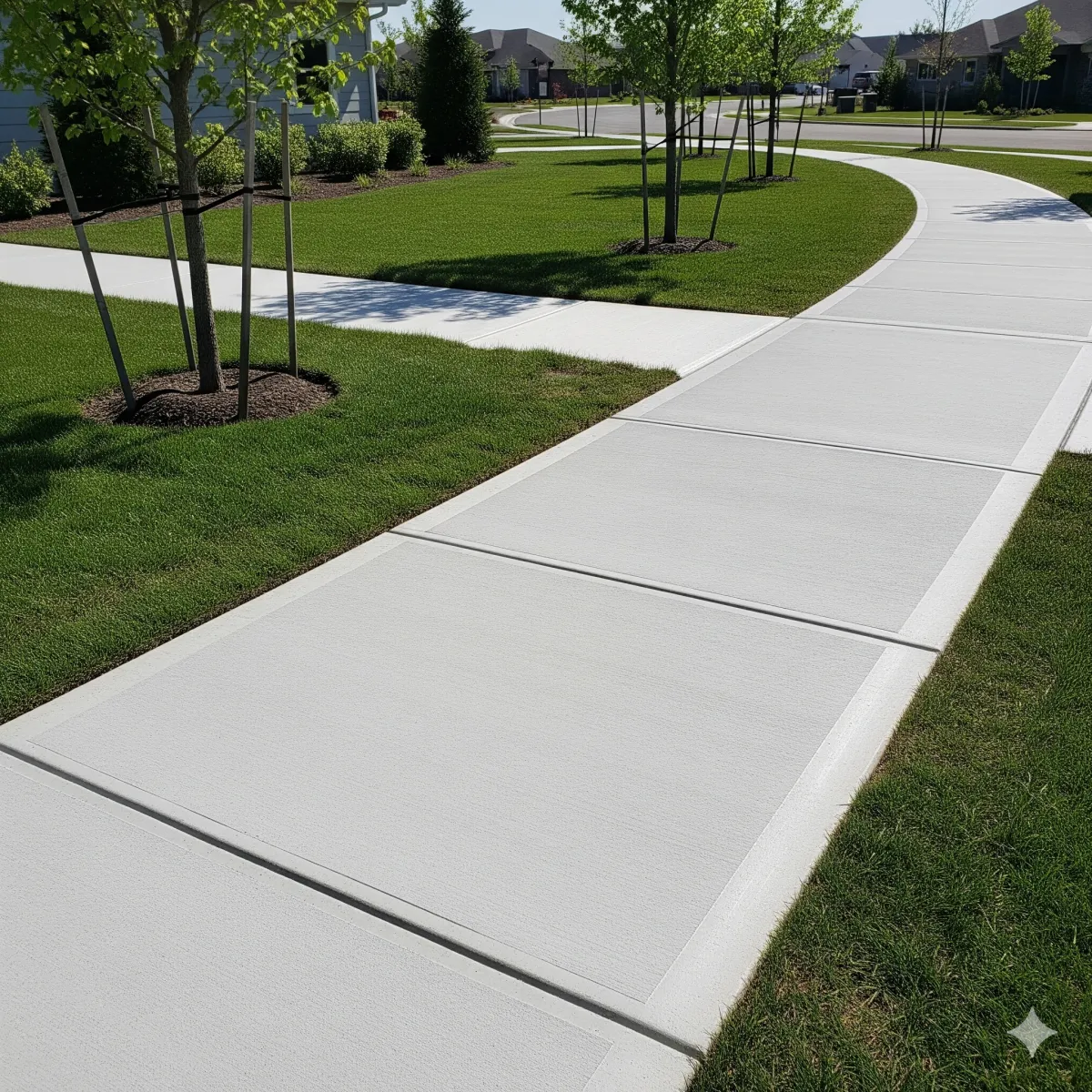
Why Choose BNS Concrete Contractor St Petersburg?

Quality Assurance
Strong, reliable concrete work for every project, backed by years of hands-on experience and attention to detail.

Built to Last
From slabs to sidewalks, we pour precision into every job to make sure your concrete holds strong for years.
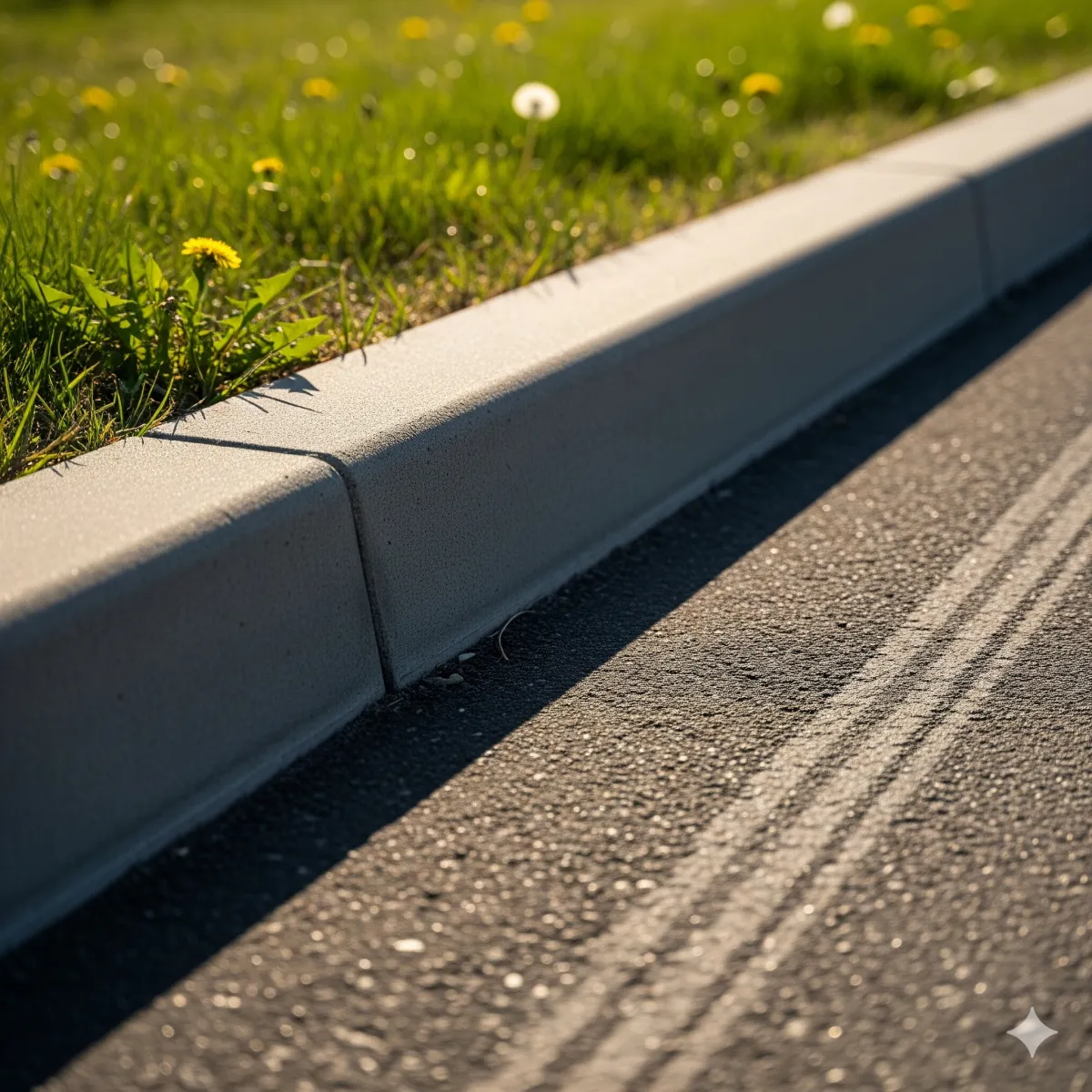
Local Strength, Expert Finish
Proudly serving St Petersburg with solid concrete solutions, honest service, and quality that sticks.
WHAT DO WE OFFER?
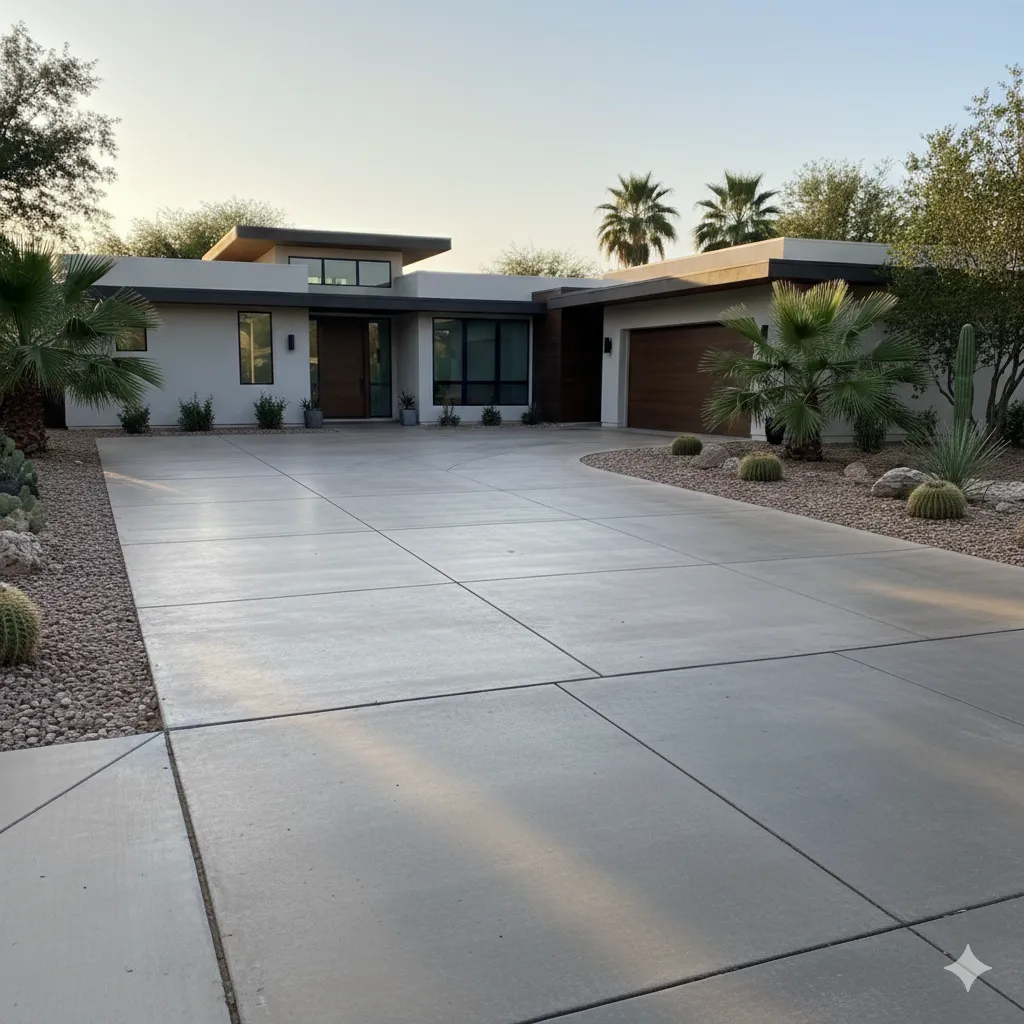
Concrete Driveways
New installations and replacements built to last

Concrete Patios
Custom outdoor living spaces for St Petersburg lifestyles

Concrete Repair
Fix cracks and damage before they worsen

Stamped Concrete
Decorative finishes that mimic stone, brick, or tile

Concrete Resurfacing
Restore worn surfaces without replacement costs

Concrete Sidewalk
Safe, durable walkways with proper drainage

Concrete Foundation
Engineered for St Petersburg soil conditions

Concrete Slab
Precision installations for homes and buildings

Decorative Concrete
Custom finishes for distinctive appearance

Concrete Pool Deck
Heat-resistant surfaces for Texas summers

Concrete Steps
Safe, attractive transitions and entryways

Concrete Walkway
Functional pathways designed to last

Concrete Basement Floor
Moisture-resistant basement solutions

Concrete Garage Floor
Durable surfaces for vehicles and storage
Ready to Discuss Your Project?
Give us a call and let's talk about what you need done. We'll come out, take a look at your property, and give you an honest assessment and fair quote—no pressure, no games. Whether you're ready to start now or just planning ahead, we're here to answer your questions and help you figure out the best concrete solution for your situation in St Petersburg.

POPULAR QUESTIONS
Get Answers to Your Questions
How long does concrete take to cure in St Petersburg's climate?
This is one of the most common questions I get, and the answer isn't as simple as most people hope. Concrete reaches about 70% of its strength within the first seven days, but full curing takes about 28 days under ideal conditions. In Fort Worth, our weather complicates things. During July and August, when temperatures hit the high 90s or breach 100 degrees, concrete can cure too quickly, which actually weakens it. That's why we use curing compounds and sometimes keep new concrete damp during our hottest months.
On the flip side, if we pour during one of our rare winter cold snaps, curing slows down significantly. I generally tell homeowners they can walk on new concrete after 24-48 hours, but keep vehicles off driveways for at least seven days—and ideally closer to two weeks if you can manage it. For commercial projects with heavy traffic demands, we might specify high-early-strength mixes that reach usable strength faster, though they still need the full cure time for maximum durability.
Why is my concrete cracking, and can it be repaired?
Not all cracks mean the same thing, and that's important to understand. Hairline cracks less than 1/8 inch wide are common and usually cosmetic—they happen as concrete shrinks slightly during curing. I see these in almost every installation, even ones we've done perfectly. They're not usually a structural concern.
Wider cracks, especially ones that are growing or where one side is higher than the other, signal bigger problems. In St Petersburg, these often relate to our expansive clay soil moving beneath the concrete, or water getting underneath and washing away base material. I worked on a property in Ridglea last year where cracks started small but widened because a downspout was directing thousands of gallons of water right under the driveway every time it rained.
Many cracks can be repaired effectively if caught early. We clean them out, fill them with appropriate sealants, and address whatever caused them in the first place. But if the underlying problem isn't fixed—whether that's poor drainage, soil issues, or inadequate base preparation—the cracks will return. Sometimes concrete resurfacing makes sense if cracks are widespread but the structure underneath is still sound.
What's the difference between stamped concrete and regular concrete for patios?
Regular concrete is exactly what it sounds like—we pour it, smooth it, and you end up with a functional gray surface. It works fine and costs less, but it doesn't have much visual interest. Stamped concrete involves pressing patterns into the surface before it fully hardens, creating textures that can mimic stone, brick, wood, or tile.
I've installed stamped concrete patios throughout St Petersburg that look like expensive flagstone but cost significantly less and require almost no maintenance compared to the real thing. The process is more labor-intensive because timing matters—stamp too early and the concrete is too wet, too late and it won't take the impression. We also typically add color, either mixed throughout or applied to the surface, so you're not stuck with that standard concrete gray.
The main considerations are budget and aesthetic goals. If you want your patio to blend with upscale landscaping or match architectural elements of your home, stamped concrete delivers that visual appeal. If function matters more than form, or if budget is tight, standard concrete serves you well. Both will last decades if installed correctly over proper base preparation.
How much does foundation repair typically cost in St Petersburg?
I wish I could give you a straightforward number, but foundation repair costs vary dramatically based on what's actually wrong. Minor crack repairs might run a few hundred dollars. Significant foundation movement requiring piers or underpinning can reach $10,000 to $30,000 or more on larger homes.
What drives the cost is the extent of movement, how many piers are needed, soil conditions, and accessibility. A home in Westover Hills with settling on one corner needs different solutions than a property in Como with issues around the entire perimeter. I've seen homeowners spend $5,000 addressing problems early that would have cost $25,000 if they'd waited another two years.
The best approach is getting an honest assessment before problems worsen. We'll look at crack patterns, check for plumbing leaks that might be causing soil erosion, evaluate drainage, and measure actual foundation movement. Then we can give you real numbers based on what your specific property needs, not generic estimates. Some situations need immediate attention; others can be monitored. I'd rather tell you the truth about that than push unnecessary work.
Can you pour concrete in St Petersburg during summer or winter?
Yes, but both seasons require adjustments. Summer is actually easier to manage—we schedule pours for early morning when temperatures are cooler, use retarding additives that slow curing in the heat, and focus heavily on keeping fresh concrete from drying too fast. I've poured countless driveways and patios during St Petersburg summers. You just can't approach it the same way you would a spring pour.
Winter is trickier. Concrete shouldn't be poured when temperatures are below 40 degrees or when freezing is expected within 24-48 hours. We get enough mild winter days in St Petersburg that projects can continue, but there are definitely weeks where we have to pause. When we do pour in colder weather, we might use accelerating admixtures and take extra curing precautions.
The worst time in St Petersburg is actually late winter and early spring when we're getting temperature swings—50 degrees at night, 75 during the day. That variability creates challenges for proper curing. If you're flexible on timing, fall is ideal for concrete work here. Temperatures are moderate and more stable, and soil moisture is usually in a good range after summer but before winter rains.
Do I need permits for concrete work in St Petersburg?
It depends on what you're doing. Replacing an existing driveway with the same dimensions typically doesn't require a permit. Adding a patio in your backyard usually doesn't either. But anything structural—foundations, significant retaining walls over a certain height, or work that affects drainage—generally needs permits.
Commercial concrete work almost always requires permits, and inspections happen at various stages. I've worked with St Petersburg permitting office enough to know what triggers requirements and what doesn't. The rules also vary if you're in historic districts like Fairmount or areas with HOA restrictions.
Here's my advice: let us handle permit questions rather than assuming. The cost of permits is minimal compared to the headache of doing work that should have been permitted and wasn't. When we give you a project estimate, we'll tell you if permits are needed and factor that into the timeline. Some homeowners want to skip this step to save money, but it can create serious problems if you sell the property and unpermitted work shows up during inspections.
How thick should concrete be for a driveway versus a patio?
Standard residential driveways in St Petersburg should be at least 4 inches thick, and I often recommend 5-6 inches if you're parking heavier vehicles like trucks or RVs. The thickness isn't just about the weight of vehicles—it's about how that weight is distributed and how the concrete handles our soil movement.
Patios can typically be 4 inches since they're not supporting vehicle loads. But if you're planning to put a hot tub on that patio, or if it's in an area where heavy furniture and lots of people will congregate, going thicker makes sense. I've poured patios in the Stockyards area for restaurants where foot traffic is constant—those went 5 inches with extra reinforcement.
What matters as much as thickness is what's under the concrete. I've seen 6-inch driveways fail because the base wasn't properly prepared, and I've seen 4-inch installations last decades because the sub-base was done correctly. In St Petersburg clay soil, proper compaction and base material matter enormously. Skimping on base prep to save money is one of the costliest mistakes property owners make.

TESTIMONIALS
What Our Client Says About Us

"I dreaded replacing my driveway, but BNS Concrete made it painless. They showed up on time, explained everything, and even fixed a drainage issue I didn't know about without upselling me. Eight months later, my driveway still looks perfect while my neighbor's (done by another company) is already cracking. Best decision I made."
Sarah M. - Ridglea Hills

"We needed stamped concrete that wouldn't look out of place on our 1920s home. BNS Concrete nailed it - looks like genuine stone, complements the house perfectly. The crew was professional, cleaned up daily, and finished on schedule. Three neighbors have already asked for their number."
Michael T. - Fairmount

"I called about foundation cracks expecting the worst. Instead of scaring me into expensive repairs, they honestly explained what was cosmetic and what actually needed fixing. Fixed the real issue two years ago and haven't had problems since. When I needed my driveway done, I didn't even get other quotes."
David R. - Westover Hills
Licensed and locally owned, BNS Concrete Contractor St Petersburg delivers expert concrete services for residential and commercial projects. Call (727) 853-6451 for quality craftsmanship you can trust.
This is a referral site.
Quick Links
Home